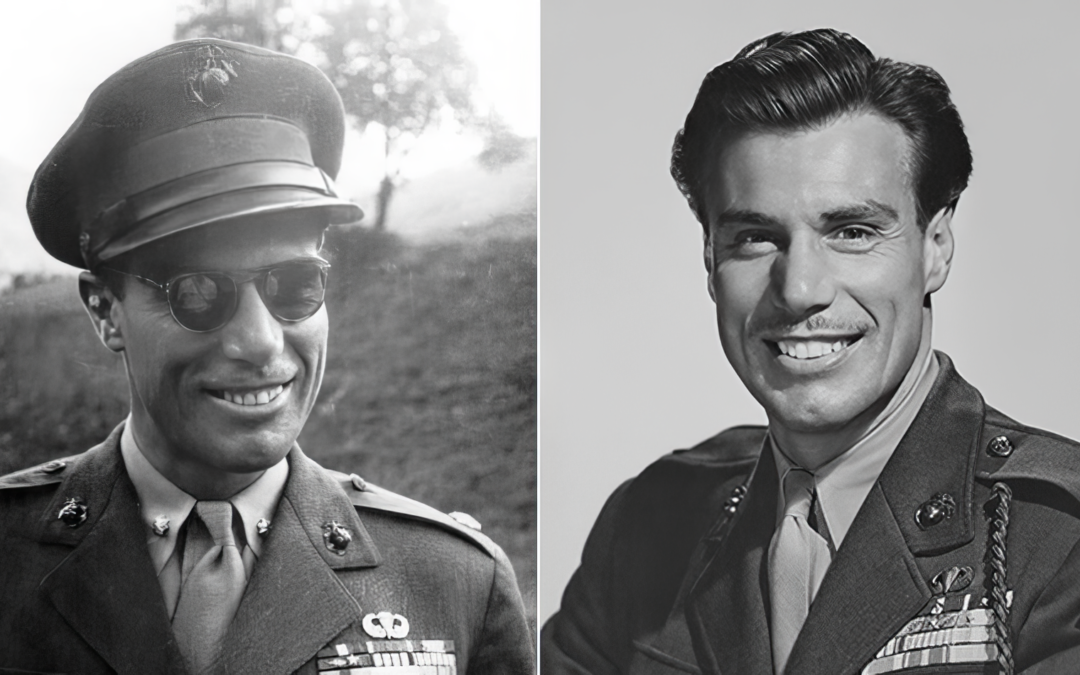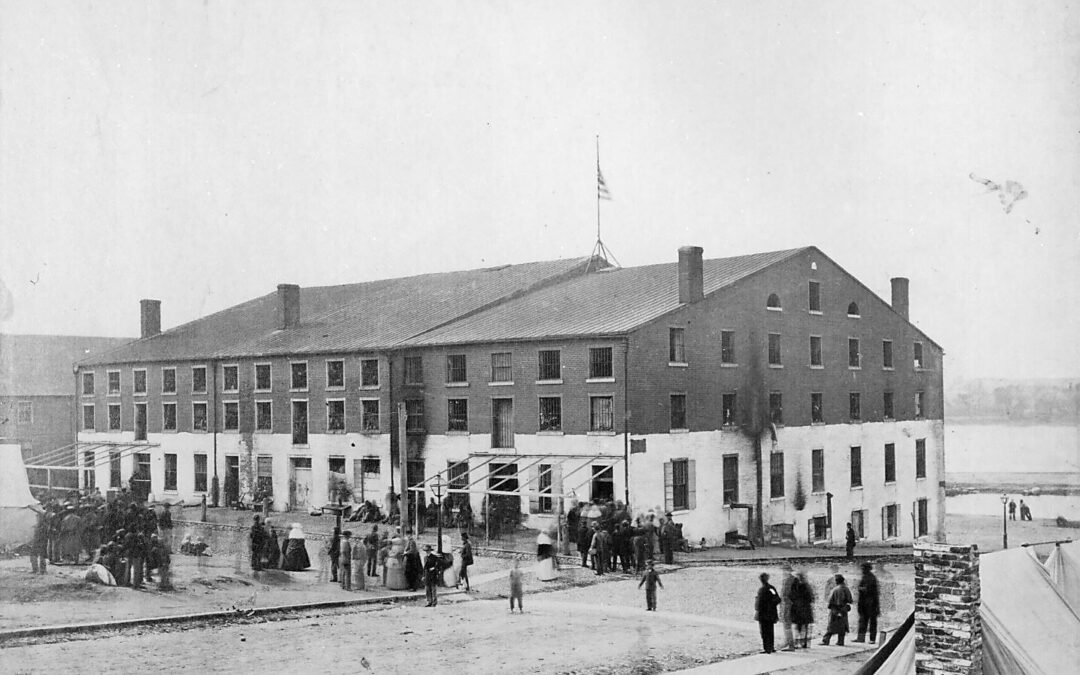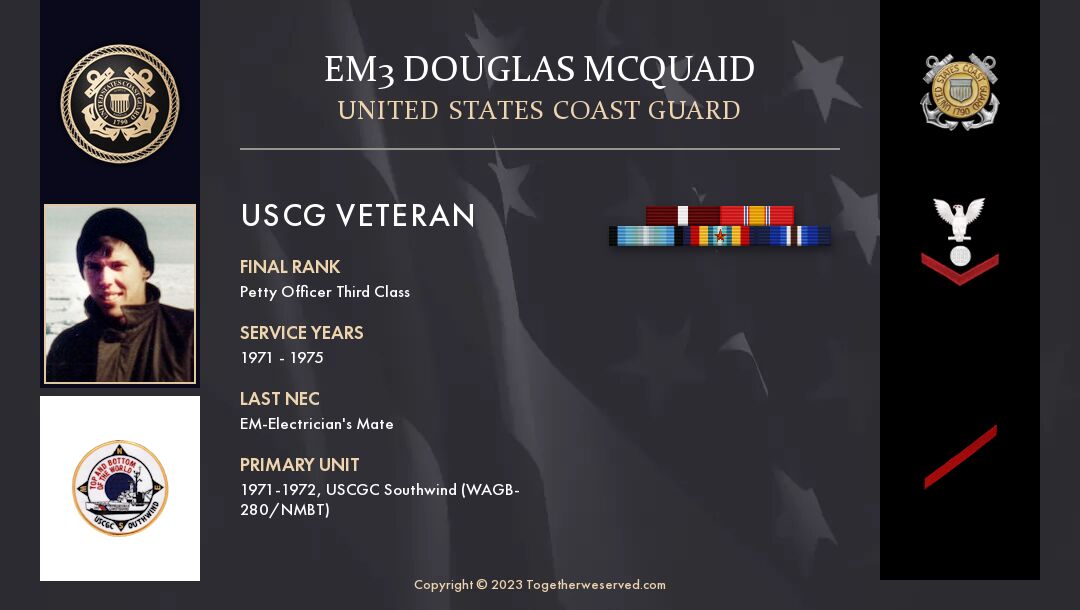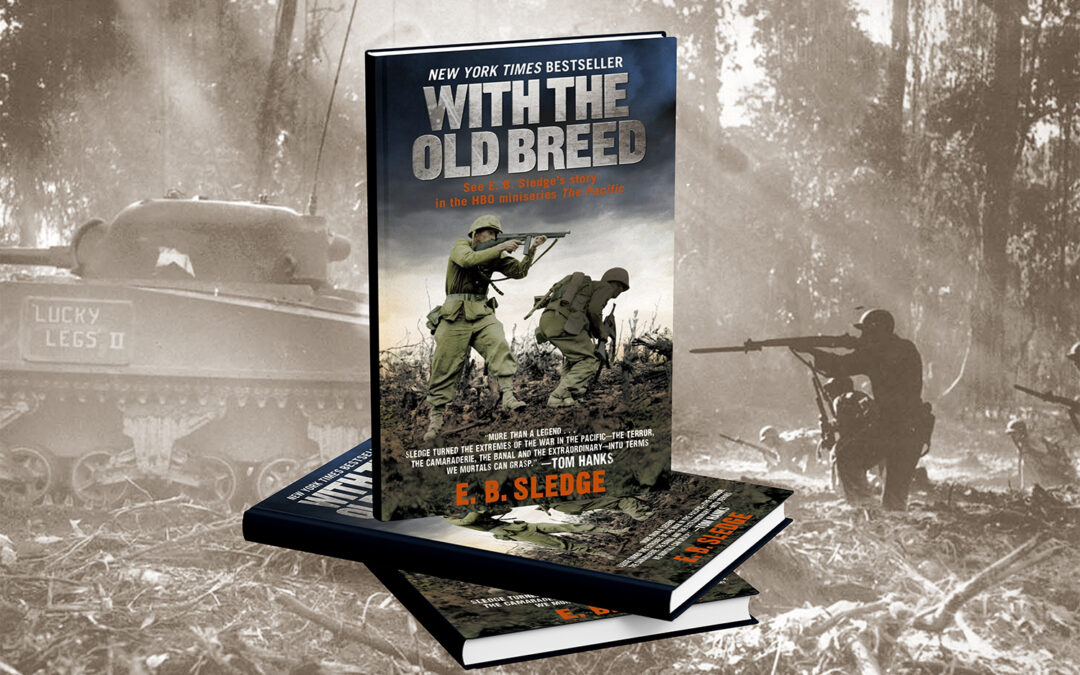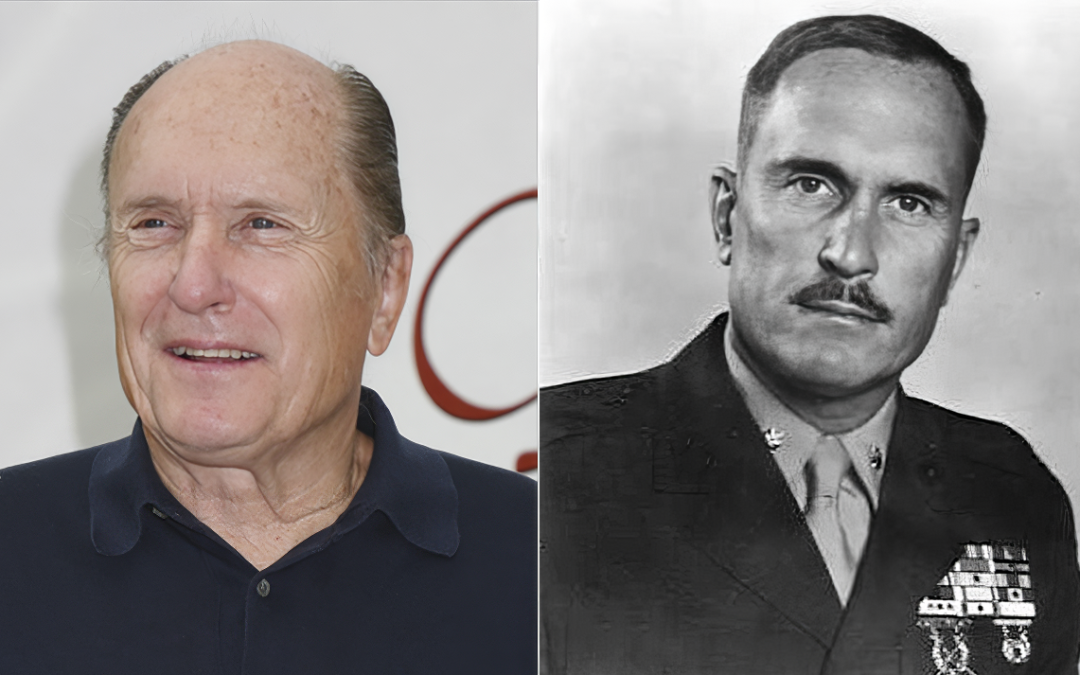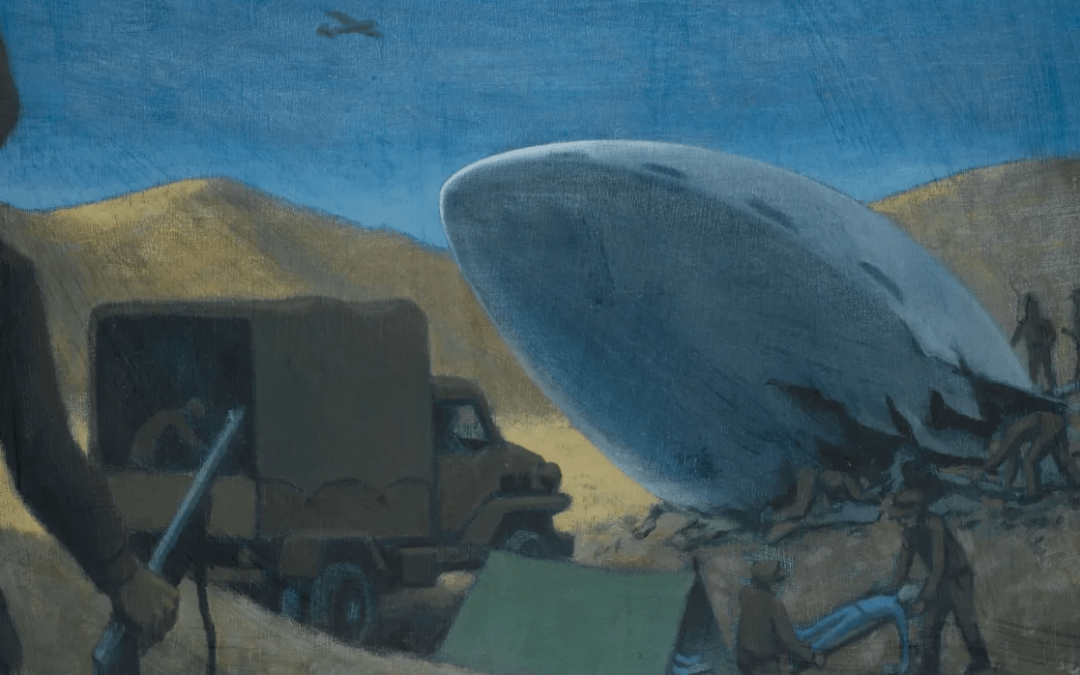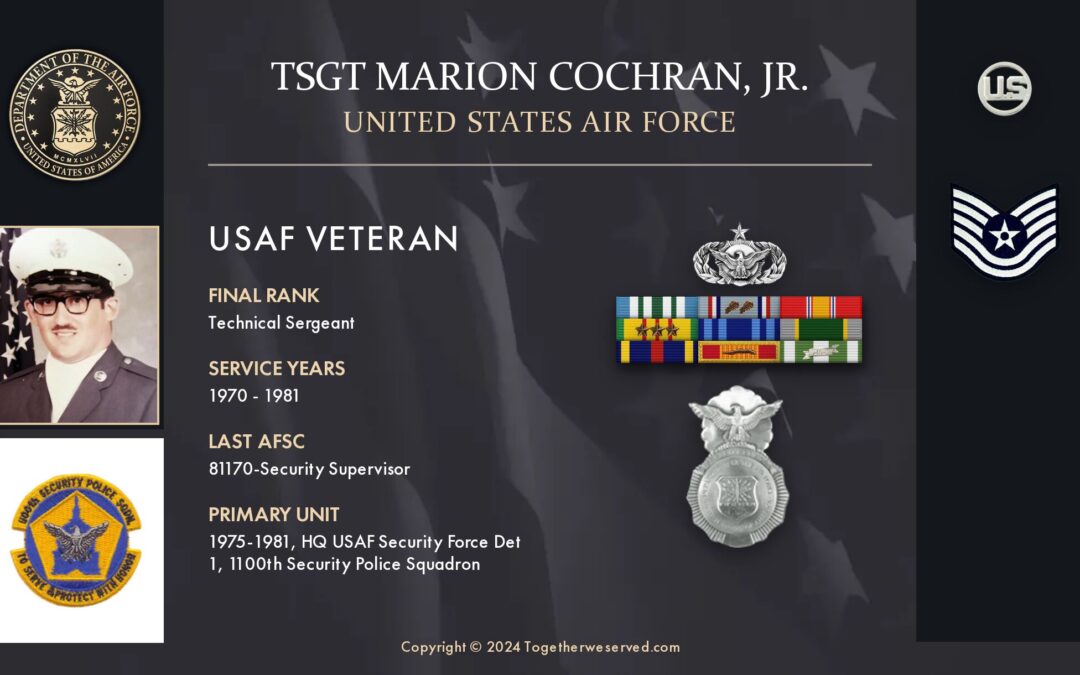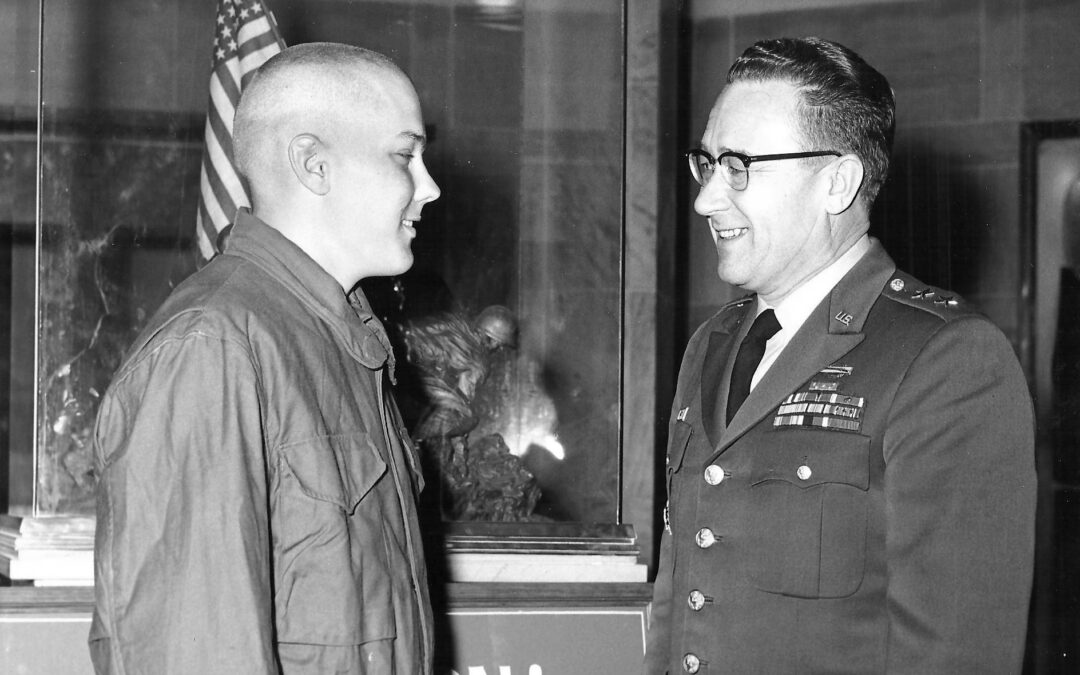The first thoughts that come to mind when one thinks about World War II Marines is them landing on bloody beaches and fighting in steamy jungles of the Pacific. But this was not the role of Marine Pierre Julien Ortiz, who served in Africa, the Middle East, and Europe. His exploits and dare-devil attitude were things of fiction yet they were all real. He was an American and a Frenchman with a Spanish name and he lived in remarkable times and did remarkable things. His life was a series of rousing adventures that were the basis for several Hollywood screenplays. He was a ship's mate, a race car driver, a decorated French Foreign Legionnaire with two awards of the Croix de Guerre, a World War II Marine officer with two Navy Crosses and two Purple Hearts, a member of the covert Office of Strategic Services and captured by the Germans only to escape and three years later be captured again - and he was a Hollywood movie actor. He spoke five languages including French, German and Arabic....
